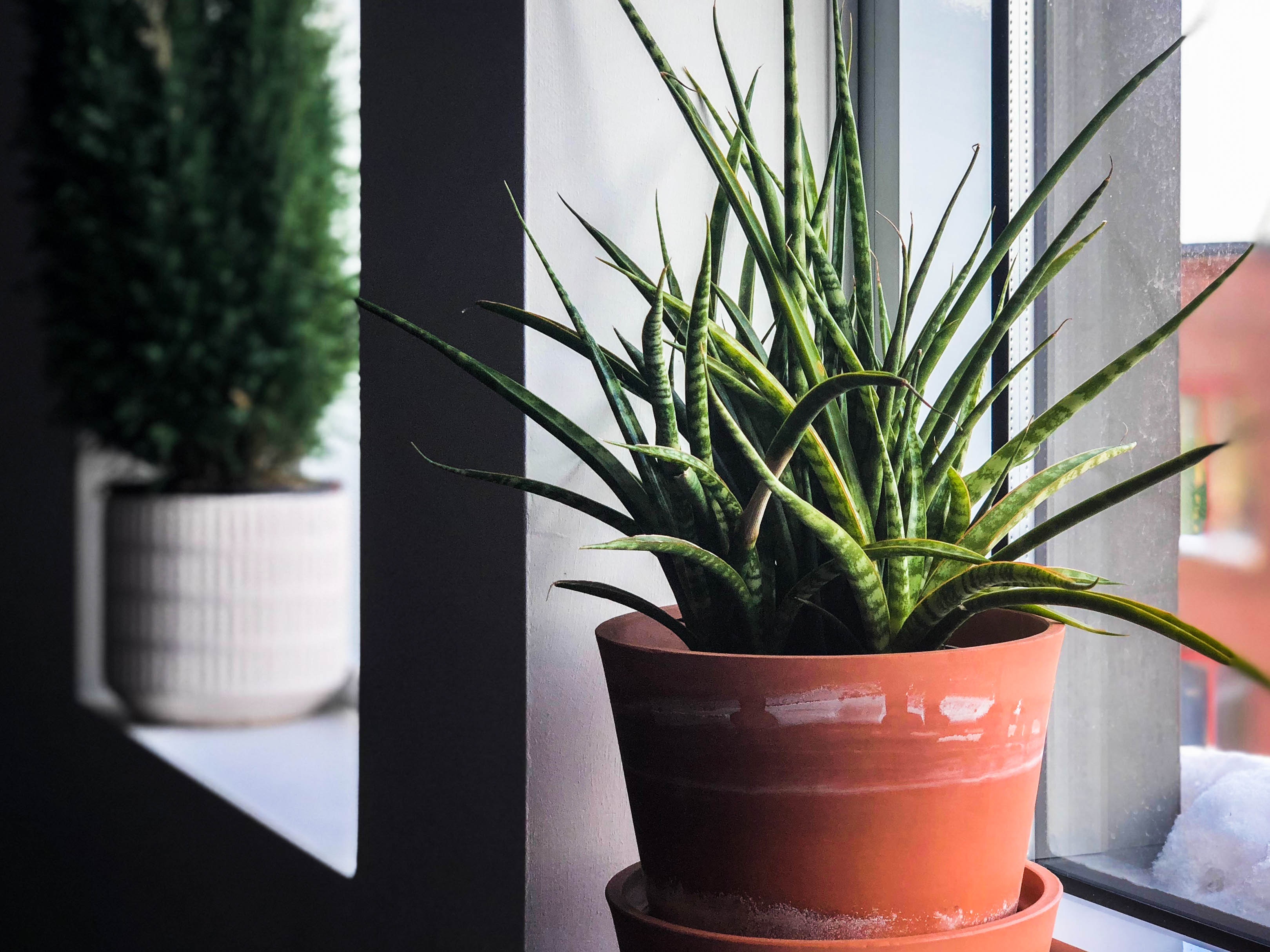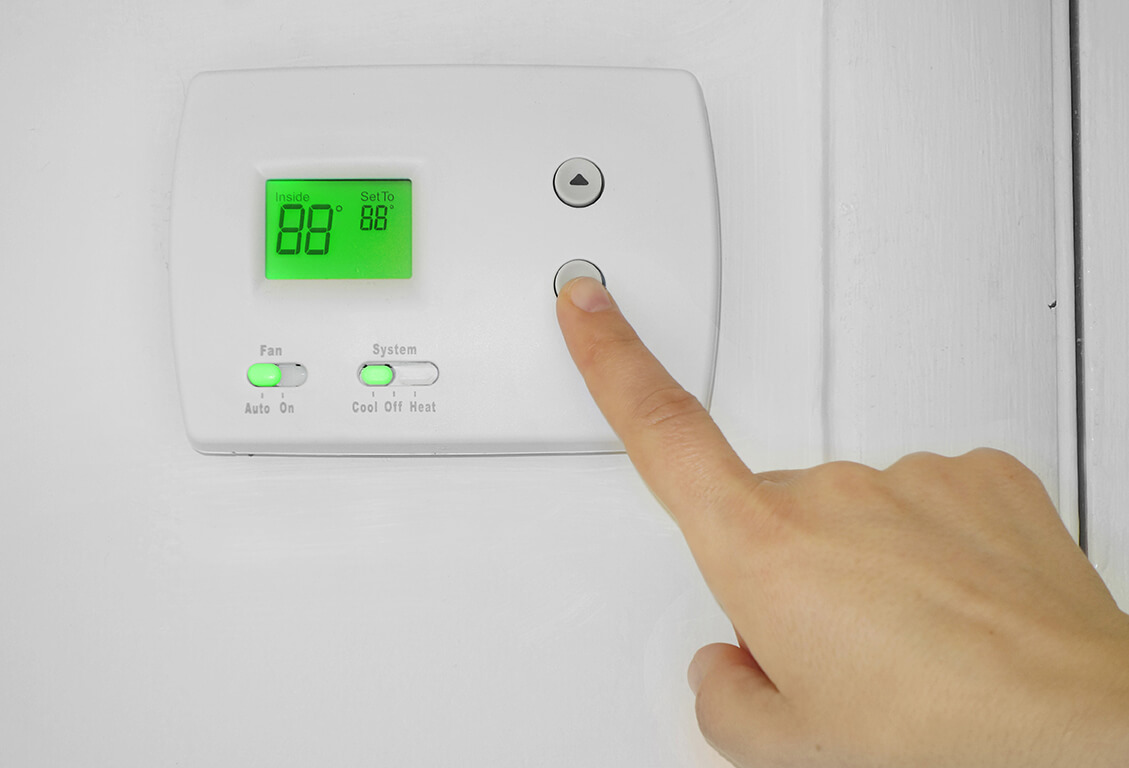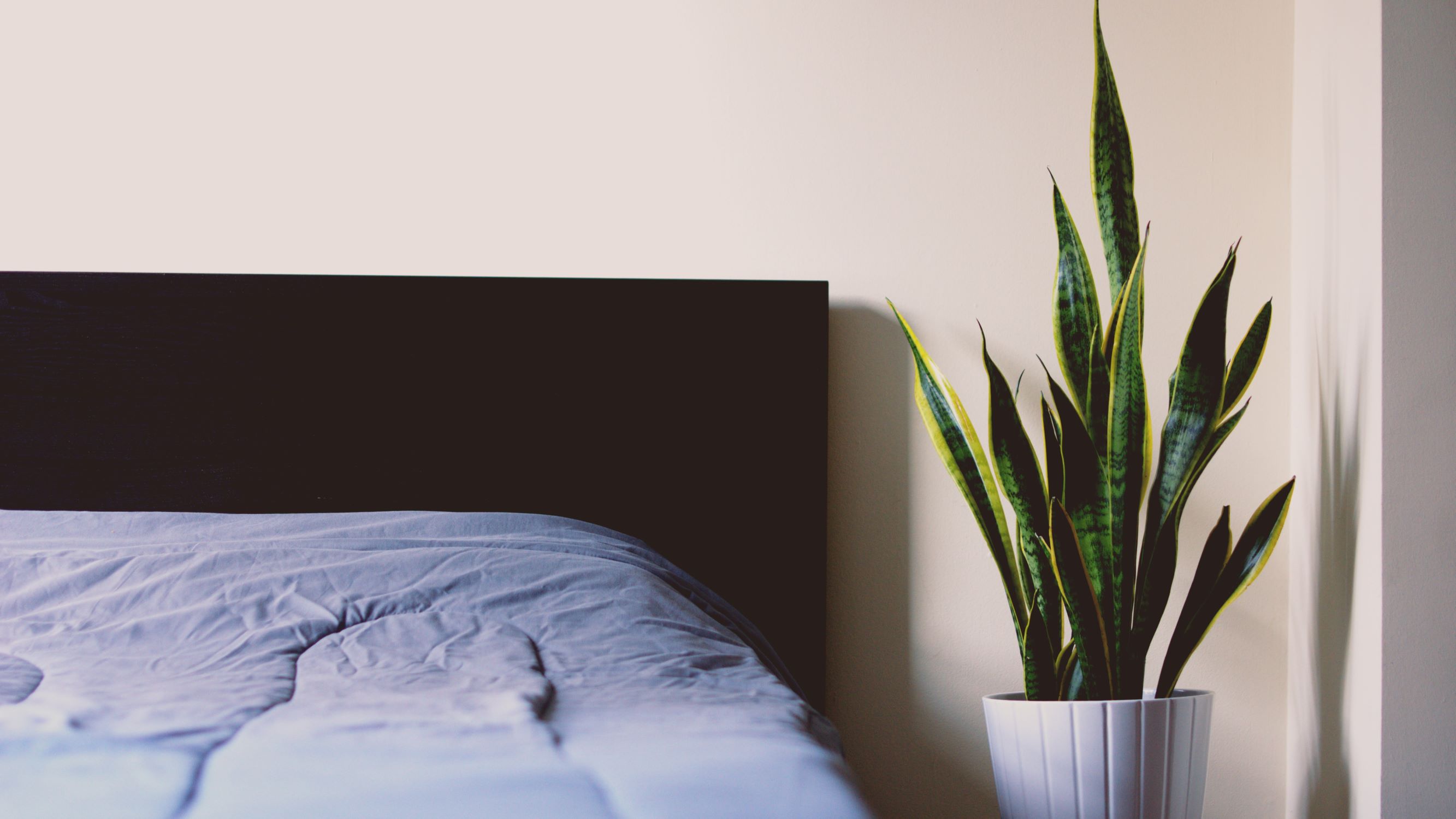
Breathe Easy: How to Keep The Air in Your House Clean
Breathe Easy: How to Keep The Air in Your House Clean
When older homes were constructed, they had lots and lots of natural ventilation, also known as drafts. Older homes provided as many as six to eight air changes every hour, meaning that the home was so drafty that all the air inside was exchanged with outside air that many times in an hour. While this made it helpful to breathe easy, it wasn’t so great for your carbon footprint.
Today, new homes are built and maintained tighter. Installing new windows, increasing insulation, and sealing with caulk is just a few Money Pit adventures aimed at keeping drafts out. The unintended consequence has been a rise in indoor air quality issues and has made it difficult to breathe easy.
Mold: What You Need to Know
People panic over mold. Buyers are frantic about it, sellers are frightened of it, real estate brokers are intimidated by it, and home inspectors are leery of it. People are moving out of their homes, and some are even having their houses demolished because of mold growth.
Mold is today’s bogeyman, not without reason, as we’ve all seen in areas hit by hurricanes in the last few years. Even without natural disasters, mold can build up in a home in very unhealthy ways. Mold spores make their first uninvited appearance in your Money Pit through the tiniest gaps you ever chased with a caulk gun…or sometimes just by sashaying right on in the front door or a window. Once inside, it’s party time, with spores able to grow on clothes, shoes, toys and even the family pets. They are so tiny, that once airborne, it’s easy to inhale them deep into your lungs and land on surfaces throughout your home only a qualified mold expert could find..
Some molds are harmful while others are benign, and how mold affects you depends on your own personal sensitivities. To avoid attracting it altogether, you have to know what makes it tick: moisture, air, and food. The food part can be anything organic from dust to starch-based wallpaper paste, and when you think about it, scores of similar diners are open 24/7 throughout your home. These are our top 10 tips to avoid mold to help you to breathe easy in your home and prevent mold from occurring.
Off-Gassing
Another indoor environmental threat to be aware is off-gassing, which is more than just term to make your kids giggle. Off-gassing is the release of volatile organic compounds─VOC’s, to use industry parlance─contained in finishes, adhesives, and fabrics into the air.
Fortunately, many manufacturers are responding by making products that are free or at least low in VOCs, so look for those options when you shop; also think ahead and prevent later development of air quality issues by choosing such products as paperless drywall (remember how it resists mold?). Whatever the content of furnishings you choose, plan on airing them out for a few days before bringing them inside. If you’re planning to upgrade your home’s carpeting, ask the dealer to unroll and air out the new carpet (another great tip to help you breathe easy) for at least one day before it comes home. You can also cut down on dust during removal of the old carpet by vacuuming it well before the installation crew arrives.
Humidity Management to Help You Breathe Easy
The healthiest, most comfortable homes have moderate humidity levels—not so dry that you buy Jergens by the drum, but not overly moist, either, which increases your discomfort, along with the potential for very bad things to grow and thrive.
We strongly recommended a humidifier if you live in drier climates or you’ve got a forced-air system. Keeping the air at a comfortable level of moisture reduces heating and cooling costs.
There are basically three types of humidifiers: flow-through, drum and spray. Drum humidifiers have rotating parts that frequently break down, and since water collects in the pan underneath them, they can also breed mold. Spray units aren’t much better, as they spray water directly into the air above the furnace where it often drips down and causes rust damage to the furnace itself. The best style is flow-through, in which water trickles over a coil and evaporates into the warm air. Better models even include computerized controls that measure inside and outside temperatures and calculate just the right amount of humidity based on current weather conditions. The Aprilaire Whole-Home Dehumidifier can remove 90 pints of water a day from your Money Pit, leaving you cool, dry and comfortable.
Clearing the Air About Air Cleaners
Regularly changing the filters in your forced-air system is step one in maintaining indoor air quality, and you can go several steps above and beyond by incorporating a whole-house air cleaner. It’s a smart upgrade to consider when it’s time to replace your current system, and we know homeowners who can tell the difference after having one installed.
Installed by an HVAC pro, whole-house air cleaners are part of forced-air systems, virtually eliminating such airborne contaminants as dust, pollen, pet dander, and bacteria. Today’s systems are so good that they can trap virus-size particles, and can help you to breath easy in your home. Whole-house air cleaners are also attractive in their low cost and the efficiency they contribute to your heating and cooling setup and only require annual maintenance.
Originally published by The Money Pit
Author : Tom Kraeutler
Photo by Chris Liverani on Unsplash



